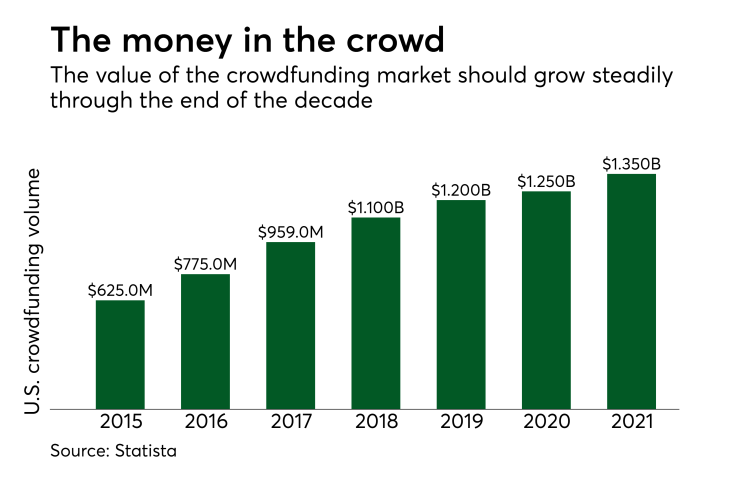Patreon is in a tough position.
The company, founded by musician
In YouTube's fight against extremists' use of its platform, Patreon is an unintended casualty. YouTube, a unit of Google, no longer lets creators of fringe channels — those with fewer than 10,000 public views — monetize their videos, and this policy goes beyond blocking ads. It also means YouTube may block off-site links to funding sites such as Patreon.

Considering that Patreon got its start as an alternative to
Polygon's report includes a confirmation from YouTube of a policy tweak. YouTube will require all content creators to join the YouTube partner program for vetting, saying it's a response to abusive content that has been posted in the past. But since there's a 10,000 channel view requirement to apply for the program, that would leave a gap for smaller creators that are just starting out. YouTube's vetting also includes checking creators to ensure they are meeting its "advertising and community" guidelines. Patreon did not comment on the Polygon report by deadline.
Conte initially called YouTube's move "
"I don't feel like YouTube was looking through the creator lens when making the change," Conte wrote on Twitter. "All that said, I think the YouTube community and press should temper some of the outrage here. It's not equivalent to what happened with demonitization. It's a much smaller bump in the road ... still a bump ... but the ship isn't sinking."
My thoughts on the YouTube end card situation:
pic.twitter.com/9sYaVc2kPF — Jack Conte (@jackconte)
September 29, 2017
As it has grown, Patreon recently drew a $60 million investment from CRV, Index Ventures and Freestyle. The funding will go toward expanded products and enhancing Patreon's ability to work with international artists.
"We're already international, what we're looking to do now is tailor the experience to make sense in each country or culture," said Carlos Cabrera, vice president of operations and data science at the San Francisco-based Patreon.
It must also make sure it is not reliant on a single platform such as YouTube, which could create more "bumps" in the road as it writes new rules for monetization.
The company plans to build new features and add technology and staff—its open positions include more than a half dozen engineers and designers. It's also looking to add people who can serve creators in different markets, time zones, currencies and languages.
"Not all of our creators speak English, and we're going to do more to help creators around the world," Cabrera said.
Fans, or patrons, agree to pay artists a certain amount a month with the promise of receiving a certain amount of content or personal engagement in return. A lower tier might simply fund the production of a weekly public YouTube video, for example, while a higher pledge might grant access to patron-only interactions and updates.
Patreon manages payment processing, handling declined payments, chargeback risk, patron customer service and other tasks similar to CRM. It charges a 5% fee for payments and is in pace to earn about $7.5 million in fees this year.
"With an evolving media landscape that has limited resources … I knew Patreon was going to be a big idea from the beginning," said Saar Gur, a general partner at CRV, in an email. "While YouTube, Kickstarter and Indiegogo worked for promotional use or one-time projects, Patreon offers a financially significant, long-term relationship-building model."
Patreon also partners with web creators such as the Internet Creators Guild, Crowdcast, Discord, Webtoon and TubeBuddy to aid artists in creating a digital presence for their work. Part of the new investment will go toward expanding the experiences that are available to the artists and their patrons, according to Cabrera.
"We're broadly into platform functionality, to be involved in all of the experiences for creators," Cabrera said, mentioning merchandising and live events as possible expansion routes.
In that way Patreon is looking to make the payment an easy transaction, and also a portal to other related experiences that can open new revenue opportunities, though for a very distinct niche as opposed to a more mass retail marketplace such as Amazon.
The evolution of the marketplace model is evolving from buying (Etsy) to sharing (Ello), to owning (Patreon), said Thad Peterson, a senior analyst at Aite Group, adding that the marketplace model will continue to evolve as long as there are enough individuals to support the provider of the goods or services.
There are also emerging micro-marketplaces turning up in places like Pinterest, where an individual can sell from one Pinterest post, Peterson said.
"Perhaps the commerce world is morphing to a model of mass targeted sales, such as Amazon, and a 'nation of shopkeepers' in the crowdfunding and social media world," Peterson said. "That would pretty much cover the territory currently held by specialty retail with lower delivery cost and greater variety."





